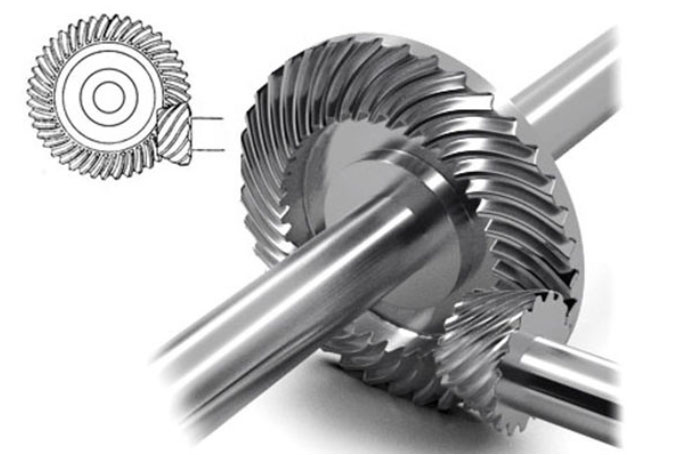Abstract
High reduction hypoid gears (HRH gears) are characterized by high transmission efficiency, strong carrying capacity, and excellent silence performance, making them suitable for precise, high-speed, and heavy-load transmission systems. This paper focuses on the dynamic meshing performance of high reduction hypoid gears, which is crucial for the integration, light weighting, and high-power-density transmission of mechatronic transmission devices. The main research contents and conclusions are summarized in tables and figures below.

Table of Contents
- Introduction
- Research Background and Significance
- Current Research Status
- High Reduction Gear Transmission Devices
- Spiral Bevel Gears
- Dynamic Meshing Performance of Gears
- Research Content of This Paper
Table 1: Current Research Status on Hypoid Gears
| Research Area | Key Researchers | Main Contributions |
|---|---|---|
| Design Methods | Wang Zhiyong, Jiang Jinke | Optimized design methods for high reduction hypoid gears, improving meshing performance and vibration reduction |
| Machining | Su Jinzhan | Optimized machining parameters for small wheels of high reduction hypoid gears, improving finishing allowance |
| Topology | Nie Shaowu | Five-direction topological modification method for small wheels, improving meshing performance |
- Mathematical Model Establishment for Tooth Surface of High Reduction Hypoid Gears
- Contour Forming Method Design
- Geometric Parameter Calculation
- Establishment of Tooth Surface Equations
- Large Wheel
- Conjugate Small Wheel
Table 2: Geometric Parameters of High Reduction Hypoid Gears
| Parameter | Description | Example Value (for 3:60 Gear Ratio) |
|---|---|---|
| α | Helix Angle | – |
| β | Tilt Angle | – |
| γ | Spiral Angle | – |
| L | Length of Tooth | – |
| R | Radius of Base Circle | – |
- Topological Design of Point Contact Tooth Surface for High Reduction Hypoid Gears
- Large Wheel Machining Parameters
- Optimization of Small Wheel Machining Parameters
- Second-Order Osculating Surface
- Tooth Surface Contact Area Topology
- Solution for Small Wheel Machining Parameters
- Tooth Surface Contact Performance
Table 3: Optimization Results of Small Wheel Machining Parameters
| Parameter | Initial Value | Optimized Value |
|---|---|---|
| a | – | – |
| b | – | – |
| c | – | – |
- Kinematic Simulation and Finite Element Contact Analysis of High Reduction Hypoid Gears
- Kinematic Simulation Model Establishment
- Analysis of Kinematic Simulation Results
- Finite Element Contact Analysis Process
- Analysis of Finite Element Simulation Results
Table 4: Kinematic Simulation Results
| Condition | Angular Acceleration Amplitude (rad/s²) |
|---|---|
| Case 1 | – |
| Case 2 | – |
- Dynamic Performance and Transmission Efficiency Tests of High Reduction Hypoid Gears
- Tooth Surface Contact Spot Roll Inspection
- Test Bed Setup
- Dynamic Performance Test
- Vibration Testing
- Vibration Data Analysis
- Transmission Efficiency Test
- Transmission Efficiency Testing
- Analysis of Test Results
Table 5: Dynamic Performance Test Results
| Condition | Vibration Acceleration Amplitude (m/s²) | Transmission Efficiency (%) |
|---|---|---|
| Case A | – | – |
| Case B | – | – |
- Conclusions and Outlook
- Conclusions
- Outlook
Conclusion
This paper presents a point contact tooth surface design method for high reduction hypoid gears based on the processing method of conventional spiral bevel gears. Through kinematic simulation, finite element analysis, and experimental verification, the correctness of the geometric design, processing method, and simulation process of high reduction hypoid gears is validated. The research results provide a theoretical and practical basis for the light weighting, high-efficiency, and high-power-density transmission of mechatronic transmission devices.
